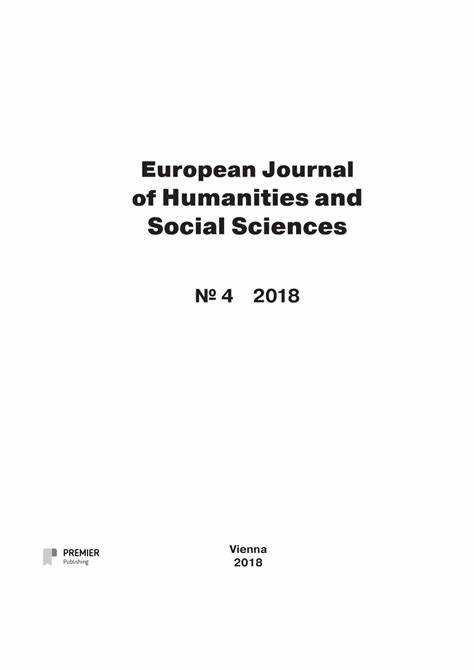The role of rural Indian women in livestock production
Abstract
India is an agriculturally based nation, and a significant portion of its
livestock sector is controlled by women. Women have a lot of options to
increase their income by working in the livestock sector. Livestock
provides meat, milk, eggs, and other food products, which are generally
considered key assets for rural livelihood, that are dietary staples for
population. For the women's livelihood and to help ensure the food security
of the household, livestock is a crucial non-land productive asset. The tiny,
marginal, and landless farmers in rural areas are the owners of more than
70% of the livestock. Compared to male workers, self-employed women
are more likely to work in livestock production. Women add value and
market the majority of animal farming activities, including fodder
collection, feeding, watering, health care, animal management, milking,
and household-level processing. Although rural women have a significant
role in livestock management activities, however, their participation is low
in certain decision-making activities. The present review elaborates in
detail on the contribution of women in livestock management activities,
different constraints faced by them in the livestock sector, and different
areas where successful interventions can be undertaken to address the
challenges faced by women in the livestock sector.

